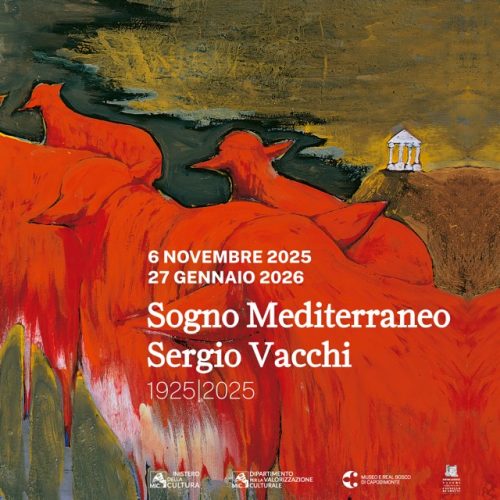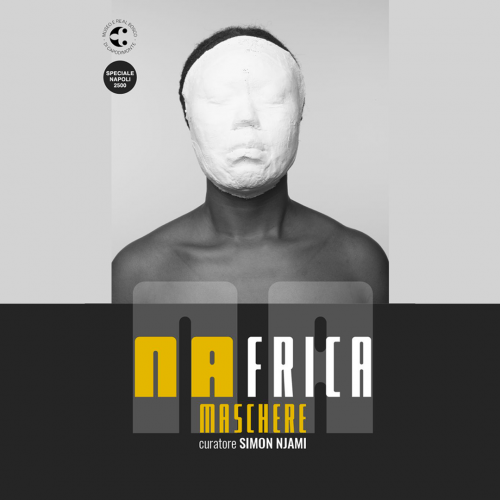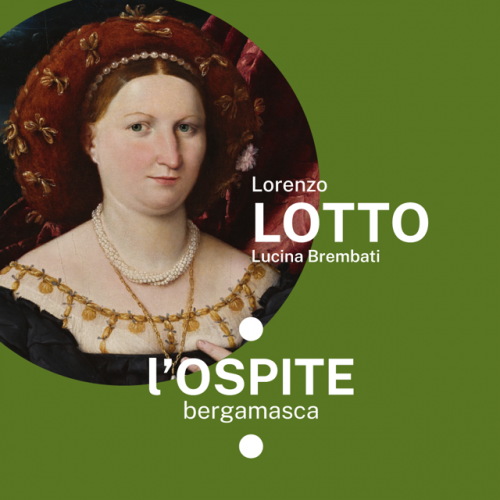Composition of flowers and butterflies
Prima Del 1544, Pietra Nera, Tempera E Inchiostro Diliuto Su Pergamena
These two vases of flowers delicately painted on parchment have been recorded in the Farnese holdings since the 1644 inventory of the contents of the palazzo: “Quadretto in carta pecora tirato in tavola con cornice d’ebano, con miniatura di alcuni fiori Indiani et alcune farfalle”. The inventory entry identifies “un quadretto”, implying that they were framed together. The inventory also tells us that they depict “fiori Indiani”, which Muzii read literally to mean that the bouquet included Indian acacia, but this is a mistake, and no such plant is included in either vase. During the seventeenth century it was common for imported plants to be generically identified as oriental, Chinese, or Indian because they reached Europe though the eastern trade routes. In her assessment of the flowers, Muzii wrote, “… non ci e possibile distinguere i singoli fiori dentro un anonimo vaso, disposti a formare in insieme non artificioso”, however the stems in each of these fantastic, yet realistic vases of flowers can be identified, and this author would argue that the artist has recreated a very real arrangement at a very specific time of the year. GDS 821 depicts tulips, peonies, forget-me-nots, hyacinth and roses with a hovering butterfly, Aphantopus hyperantus, and another, perhaps a Apatura iris, perched on a leaf. GDS 822 also depicts tulips and peonies but arranged in this bouquet with morning glories and delphiniums adorned with a single butterfly, again perhaps Apatura iris, hovering over the bouquet. Each one of these are flowers which bloom in Italy in April or May.
Gardens were of immense importance to the Farnese. During Cardinal Odoardo’s lifetime, the family held three large gardens in Rome: the Palazzo Farnese itself, the Horti Farnesiani on the Palatine, and Agostino Chigi’s former villa and garden on the via della Lungara, directly across the Tiber from the Palazzo Farnese gardens. As Denunzio has pointed out, the fruits and flowers of these gardens were not only celebrated, but also prized for their value as as important gifts (A.E. Denunzio, “Nuove proposte per il cardinale Odoardo Farnese collezionista e mecenate: notizie sulle raccolte botaniche, su incarichi ad artisti e artigiani”, Commentari d’Arte, 2009, XV, 42-43, pp. 54-81 and Muzii in Buranelli 2010, p. 453).
Although Muzii retained the attribution as Anonymous XVIIthC, she suggested two possible names: Octavianus Montfort, which she herself discounted because he was not active in 1644, and Giovanna Garzoni, an attribution which seems more plausible now that further studies have been published on Garzoni since the 1990s. Garzoni, long underappreciated undoubtedly due to her sex, has recently gained recognition and become one of the better-known women artists of seventeenth-century Italy, in part due to her friendship with Artemisia Gentileschi (see for example the recent exhibition, E. Straussman-Pflanzer and O. Tostmann, By Her Hand. Artemisia Gentileschi and Woman Artists in Italy, 1500-1800), exh. cat. Hartford, Wadsworth Atheneum Museum of Art and Detroit, Detroit Institute of Arts, Yale University Press, New Haven and London, 2021, pp. 126-29). She specialized in naturalistic depictions of flora and fauna painted in tempera and watercolor over a black chalk underdrawing on parchment. Of her many works for distinguished patrons, the Capodimonte bouquets are perhaps closest in technique and composition to works Garzoni created from life for the Duke of Florence.
Sheila Barker supports the attribution to Giovanna Garzoni and suggests that if they were created before 1644, certain assumptions about Garzoni’s style may need to be reassessed (verbal communication, 30 April 2022). She notes the dynamism of these asymmetrical arrangements, which was previously considered a feature of Garzoni’s later style. Barker adds that the muted pallet with yellows rather than vibrant greens is not a consequence of damage and faded colors, but characteristic of Garzoni’s style and can be compared with similar works such as an arrangement in the Uffizi (Gabinetto Disegni e Delle Stampe, inv. 2140 Orn. or 2149 Orn.). In fact, this muted, yellow pallet was later emulated by Garzoni’s imitators such as Ferdinando Narvaez or Lorenzo Todini.
While the many affinities with the Garzoni’s style seem close enough to consider these bouquets as works by her hand, the only shadow cast over the attribution is the dating of the work. Their documentation in the Farnese collection in the 1644 inventory poses problems both for Garzoni’s presumed chronology and for the timeline of Farnese collecting. If it is assumed that there was little to no collecting by the Farnese after Odoardo’s death in 1626, then dating these works within Garzoni’s chronology becomes very difficult. If they were created after 1626, closer to 1640, then they are more plausible within Garzoni’s oeuvre as she travelled between Florence and Rome in the 1640s. However, a date after 1626 then challenges previous assumptions on collecting within the Palazzo Farnese after Odoardo’s death. It is hoped that further work will be done on both Giovanna Garzoni and the Farnese collection that will bring answers to these questions. It is certainly time for these two largely ignored, yet important works to be noticed again.
Claire Van Cleave
Mega Zoom & Pan Image Zoomer image with id does not exist!
Mega Zoom & Pan Image Zoomer image with id does not exist!
FR 1644, fol. 157, Un quadretto in Cartapecora tirato in tavola ed cornice d’ebano, con minitura d’alcuni fiori Indiani, et alcune farfalle
Arditi 1824, nn. 41-42, Due vasi di fiori sopra pergamena miniati – Incognito
MF 1832, IV, nn. 41-42 Due vasi di fiori sopra pergamena miniati – Incognito
CM 1960, nn. 970-971 (Anonimo)
GDS 1976, nn. 821-822 Natura morta con i fiori e farfalle (Ignoto Fiammingo sec. XVIII)
Muzii in N. Spinosa, Museo Nazionale Di Capodimonte. La Collezione Farnese. La Scuola Emiliana. I Dipinti. I Disegni, Napoli, 1994, p. 321 (Anonimo secolo XVII).
Muzii in L. Fornari Schianchi and N. Spinosa (eds.), I Farnese. Arte e Collezionismo, exh. cat. Palazzo Ducale, di Colorno Parma; Galleria Nazionale di Capodimonte, Naples; Haus der Kunst, Munich, 1995, nn. 146-7, p. 356 (Anonimo secolo XVII).
Muzii in F. Buranelli, Palazzo Farnèse. Dalle collezioni rinascimentali ad Ambasciata di Francia, exh. cat. Roma, Palazzo Farnese, 2010, nn. 222-223 pp. 452-3 (Anon. XVII Secolo).
1995 Parma, Capodimonte, Munich; 2010 Rome, Palazzo Farnese






